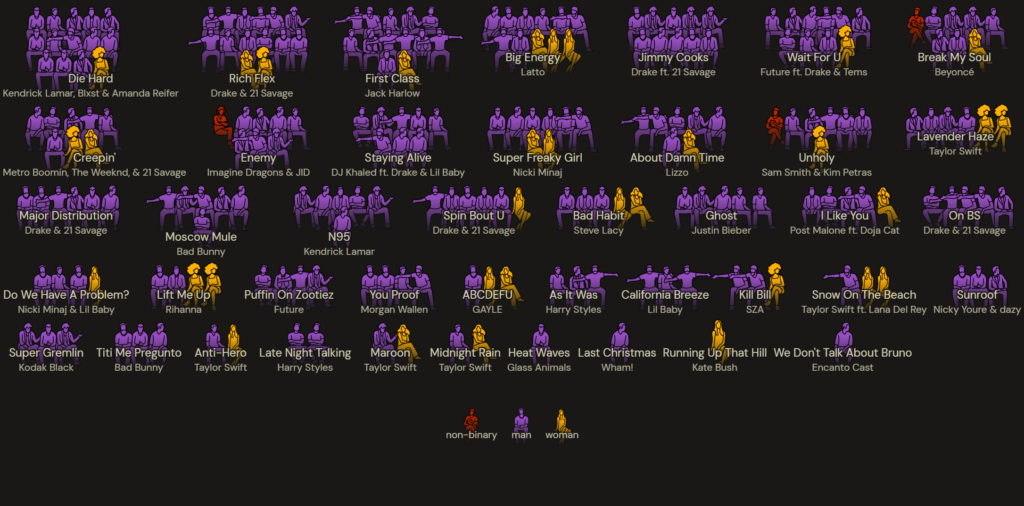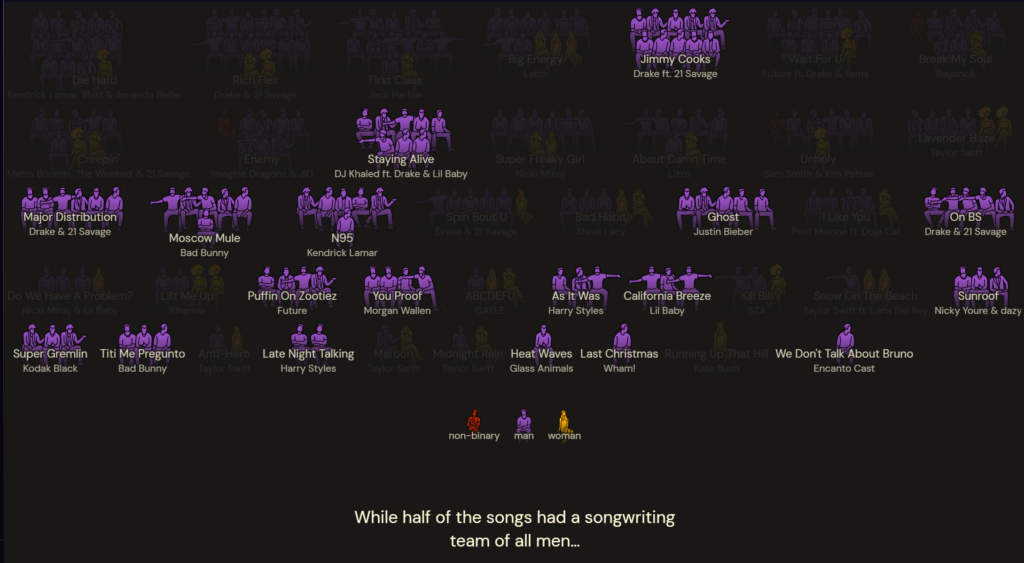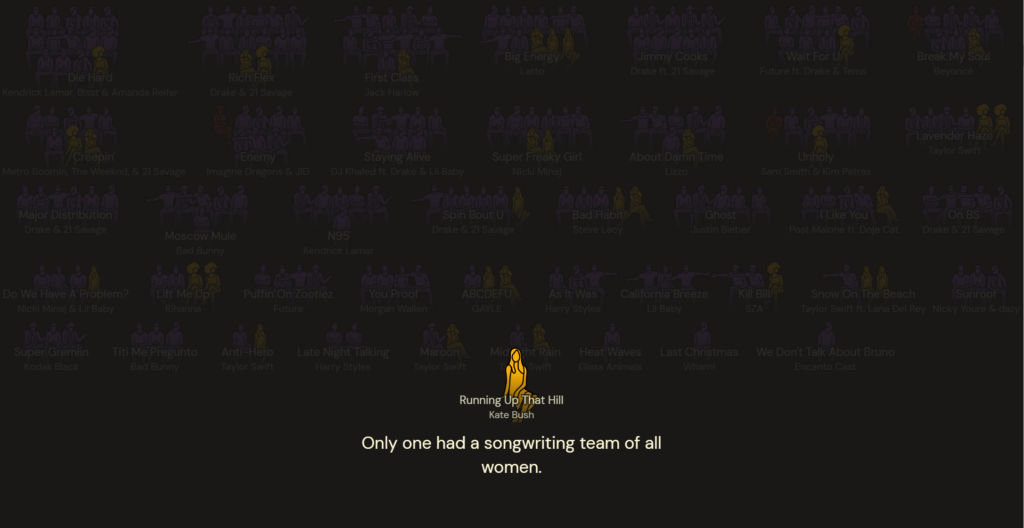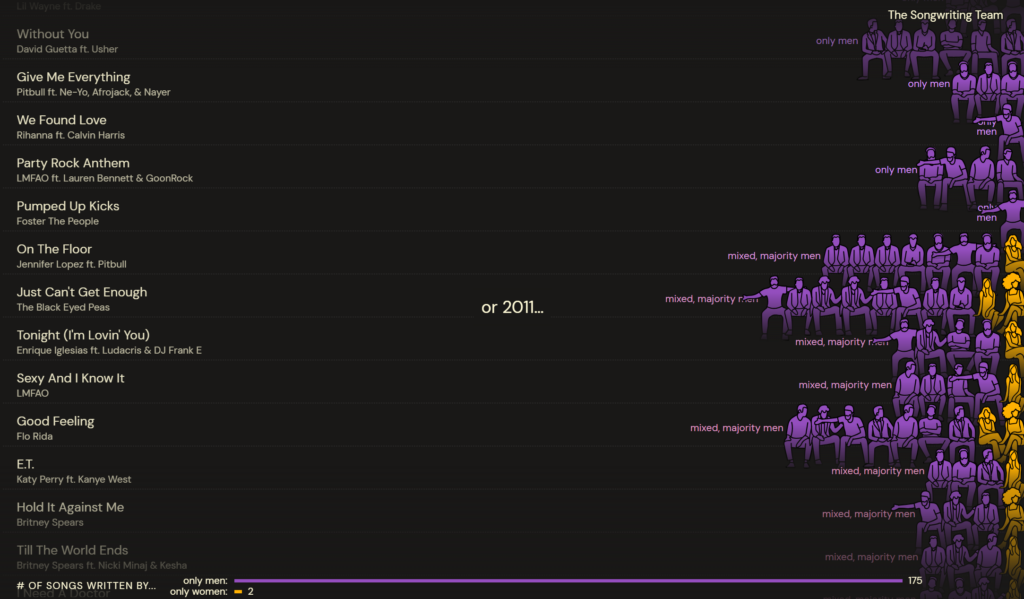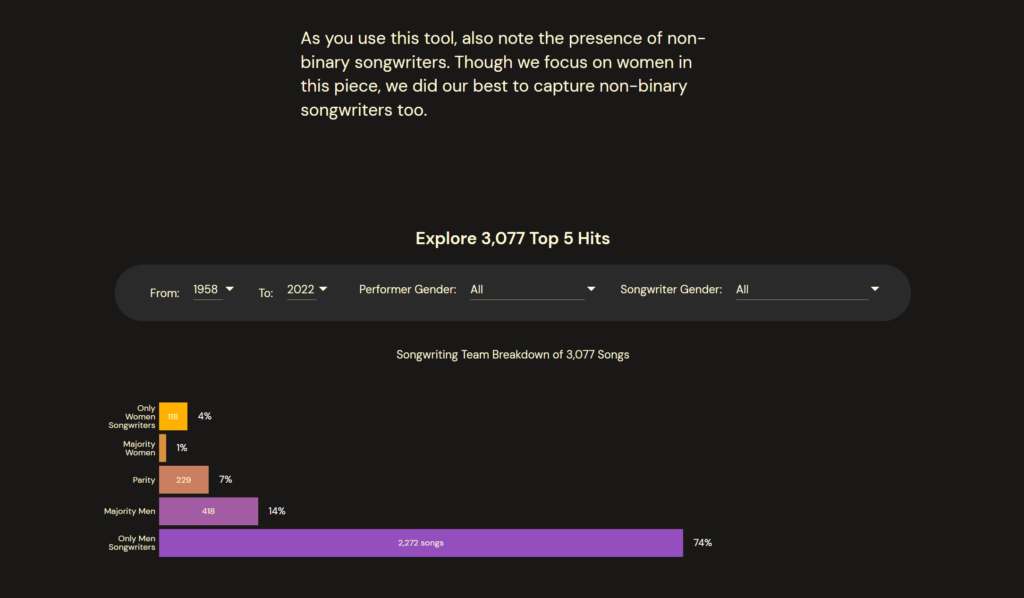We Are AI Comics
The comic’s goal is to introduce readers to algorithmic terms, processes, and potential harms in human use. These comics show AI is not separate from people’s lives and to raise awareness about its implications. For the design of the comic, drawings and text are used to attract are larger audience. The examples illustrated are common enough to most people and are short enough to be read in the extra time the average person may have available. Out of the three texts assigned, the comic is the most accessible. The language used and how it is presented is not overly academic and is rolled out over time, so as not to overwhelm the reader. The platform of choice is digital, which is often the most accessible form. It can be shared via a link, or the entire pdf can be sent as a small file. The pitfalls of this approach include oversimplifying the technology’s scope and underestimating its potential harm. This comic is hosted on a portfolio website and not where one seeks comics, which decreases its discoverability. This approach would need to rely heavily on readers sharing to reach a broader audience.
“Machine Bias.”
This article exposes the harms of using predictive, data-driven algorithms in criminal sentencing. The article is intended to bring awareness and garner empathy around this issue with the public. It can also be a medium for which to hold institutions accountable for their use of problematic software. The article’s design is standard for modern journalism, with photography and data charts woven into the text. This article is accessible. The language is not overly complex, combining storytelling and information. You can read the article on both the publication’s website and news aggregator platforms. The format of articles has also been made to be easily sharable from their original platform and over social media. The discoverability is much higher than the comic and the paper. A pitfall for this approach is that the news platform could be seen as not central enough for certain portions of the population. Using personal narrative in the reporting could be seen as discrediting to some. Overall, the article is engaging, but is specific in the algorithmic harm it addresses, and doesn’t touch on other harms like the other examples this week.
“Accountability in an Algorithmic Society: Relationality, Responsibility, and Robustness in Machine Learning.”
This paper’s purpose is for academic circulation. The paper seeks to reassess past scholarly statements on accountability in a computer-driven world and modernize theories for the algorithmic society of today. It is designed as a standard academic white paper, organized to make clear what is included in the paper and citations. When thinking about accessibility, this approach is narrow and targeted towards a specific audience. Language used in the paper is academic and the platform in which the paper can be accessed is one the average citizen will not be familiar with. The public’s discoverability would also be low. A pitfall here is its language being too academically inclined for some in the public, but as they are not the intended audience, it is not much of an issue.

